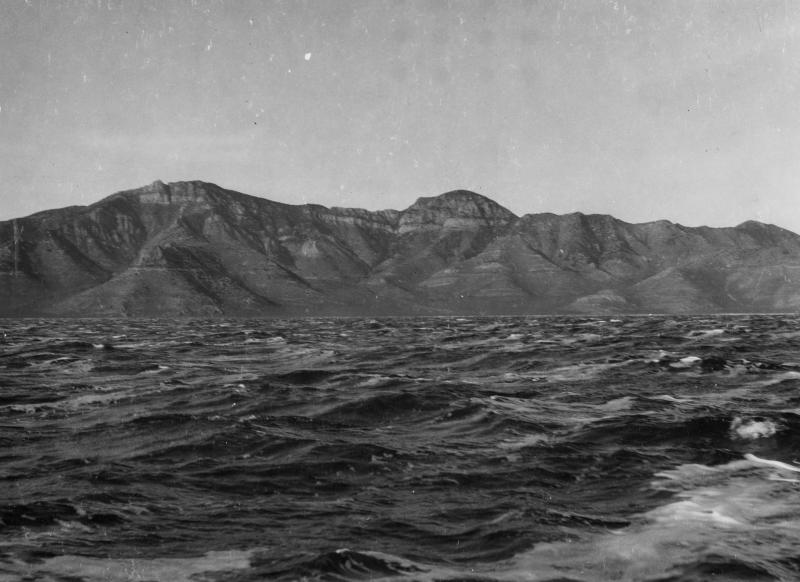Stansbury Island
Stansbury Island, still considered an island despite the fact that the recession of the lake and the construction of a causeway connects it to the shore, is the second largest island on the Great Salt Lake. It is named after Howard Stansbury, the first Euro-American to perform a comprehensive exploration and survey of the Lake. The Western Shoshone called it Ya’han-go-a. About 11.5 miles long and less than five miles wide, there are a few fresh water seeps on the east side of the island’s mountainous interior. The highest point of the island, Castle Rock, is 6,647 feet above sea level and more than 2,400 feet above the surface of the Lake. Petroglyph sites dot the island, and two large caves were probably inhabited on a seasonal basis by Goshute peoples. Today, the island is used as a winter sheep grazing area, and for camping and recreation, with a bike trail allowing for scenic rides.


